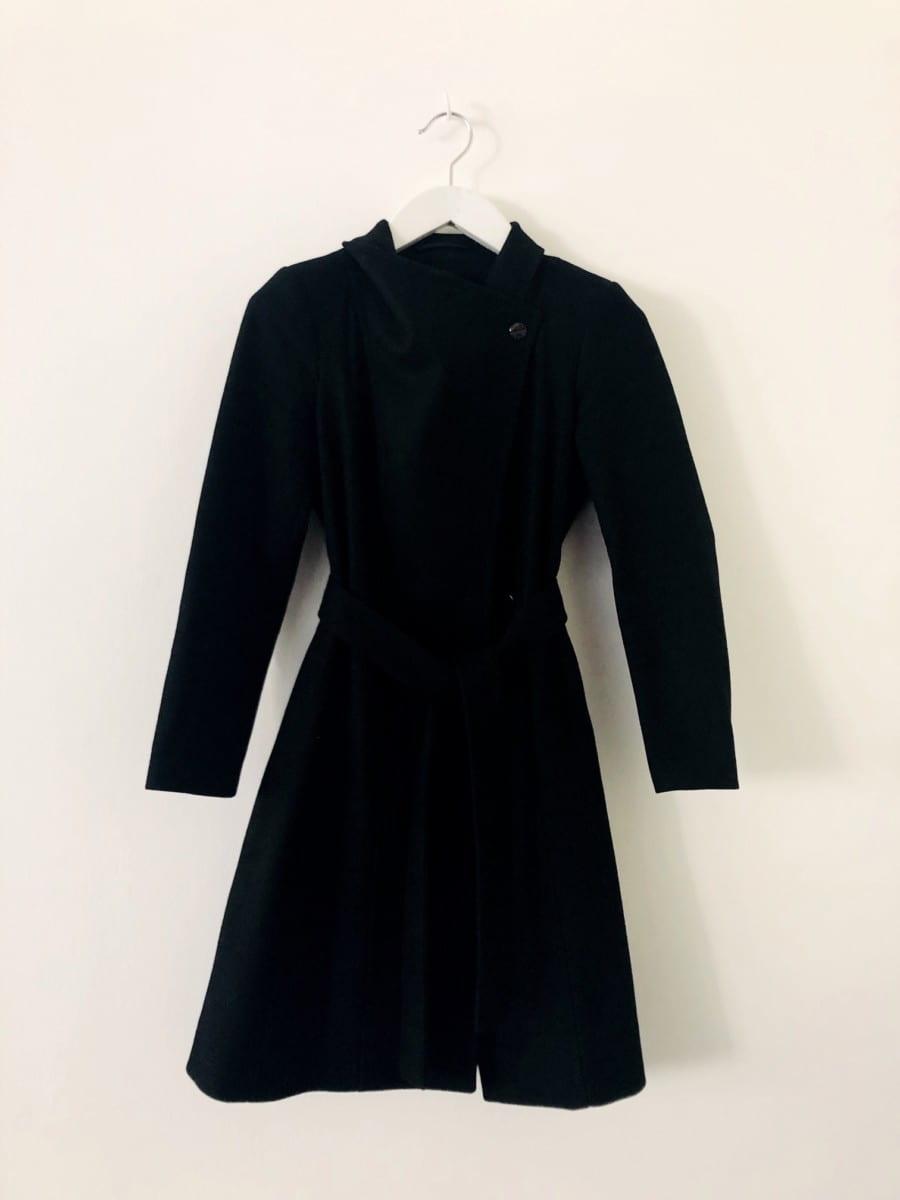T-SHIRT: CULT, CULTURE & SUBVERSION

Exploring this exhibition of T-shirts through the 20th century highlighted the multi-faceted role of such a simple, yet iconic garment. Curated by David Sinclair, Jenna Rossi-Camus and Dennis Nothdruft, the exhibition chartered the history, culture and subversion of the most popular item of clothing on the planet, the T-shirt.
The initial part of the exhibition takes you through a T-shirt timeline, which will make you question how you will ever look at a T-shirt in the same way again. Originating in AD500 the milestones of the T-shirt focus it as a protagonist in cultural, political and technological narratives.

The exhibition is split up into 12 installations exploring the T-shirt as a communication tool. Collecting them into thematic groups, the exhibition stages the messages and histories of each garment , inviting us to “listen in and interpret their meanings anew”.
T-shirt timeline facts which stood out as interest:
1948 – The first use of the T-shirt as a political campaign tool during New York Governor Thomas E. Dewey’s presidential campaign using the slogan “Dew-it-with-DEWEY”
1951 – Marlon Brando brings the classic white T-shirt into the sexual imagination in the film ‘A Streetcar Named Desire’
1969 – The first UK government anti-smoking campaign to e produced by an advertising agency sees hip young people wearing “we don’t smoke” T-shirts
1970 – Designers John & Molly develop inks that can print on fabric five years before they become widely available
1971 – Vivienne Westwood and Malcom McLaren set up their shop ’Let it Rock’ and soon begin designing and selling retro rock memorabilia and slogan T-shirts

1977 – Milton Glaser designs the iconic ‘I Love NY’ T-Shirt (In a taxi) as part of a government sponsored marketing campaign for New York State. Inspired by Pop Art, it goes on to be one of the most recognisable designs of the twentieth century
1981 – Although there is a ban on the production of the royal wedding souvenirs that bear the image of the royal family, bootleg vendors produce and sell T-shirts that reverently or ironically celebrate the marriage of Prince Charles and Lady Diana Spencer
1994 – Animal right charity PETA launches an anti-fur T-shirt campaign featuring fashion models Emma Sjoberg and Naomi Campbell posing naked for the cause
2000 – By the early 2000’s the rise of fast fashion sees more than 2 billion T-shirts sold each year, a figure that has since risen

2010 – Textile technology allows innovations that bring the T-shirt back to utilitarian concerns, such as the world’s first bullet proof T-shirt and one that can block up to 99% of UV rays
2017 – The first female designer to head Dior, Maria Grazia Churi, sends models down the catwalk in T-shirts reading ‘WE SHOULD ALL BE FEMINISTS’, emphasizing the role of the T-shirt in contemporary political, social and cultural debates

Whilst walking through the exhibition it stimulates the idea that fashion is a communicative tool and we can use our clothing for our personal expression. It also shows that our own archives of T-shirts illustrate how we all own a part of history, personal or universal.

By examining the T-shirt in relation to cult, culture and subversion, the exhibition focuses on how it has been a means to broadcast personal affinities and affiliations, while also reflecting creative and technical innovation.

THE TYPOLOGY OF THE T-SHIRT
In the Fashion Studio, Susan Barnett’s remarkable compilation of photographs are displayed. Barnett views her subjects through a single article of dress: the T-shirt. The T-shirts represent messages, logos and text of spirituality, sexuality, race, celeb culture, history, consumerism and narcissism. This insightful display provides a window into the world we live in and the way we reflect that world through our clothes.



Fashion and Textile Museum
83 Bermondsey Street, London SE1 3XF
http://www.ftmlondon.org/ftm-exhibitions/t-shirt-cult-culture-subversion/




